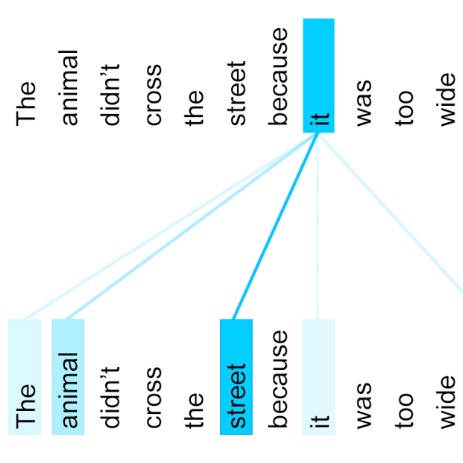Vehicle re-identification (Re-ID) is to retrieve images of the same vehicle across different cameras. Two key challenges lie in the subtle inter-instance discrepancy caused by near-duplicate identities and the large intra-instance variance caused by different views. Since the holistic appearance suffers from viewpoint variation and distortion, part-level feature learning has been introduced to enhance vehicle description. However, existing approaches to localize and amplify significant parts often fail to handle spatial misalignment as well as occlusion and require expensive annotations. In this paper, we propose a weakly supervised Part-Mentored Attention Network (PMANet) composed of a Part Attention Network (PANet) for vehicle part localization with self-attention and a Part-Mentored Network (PMNet) for mentoring the global and local feature aggregation. Firstly, PANet is introduced to predict a foreground mask and pinpoint $K$ prominent vehicle parts only with weak identity supervision. Secondly, we propose a PMNet to learn global and part-level features with multi-scale attention and aggregate them in $K$ main-partial tasks via part transfer. Like humans who first differentiate objects with general information and then observe salient parts for more detailed clues, PANet and PMNet construct a two-stage attention structure to perform a coarse-to-fine search among identities. Finally, we address this Re-ID issue as a multi-task problem, including global feature learning, identity classification, and part transfer. We adopt Homoscedastic Uncertainty to learn the optimal weighing of different losses. Comprehensive experiments are conducted on two benchmark datasets. Our approach outperforms recent state-of-the-art methods by averagely 2.63% in CMC@1 on VehicleID and 2.2% in mAP on VeRi776. Results on occluded test sets also demonstrate the generalization ability of PMANet.
翻译:车辆再定位( Re-ID) 是指在不同相机中检索同一车辆的图像。 两大挑战在于近复制身份造成的微妙内部差异以及不同观点造成的内部差异。 由于整体外观存在观点差异和扭曲, 引入了部分性特征学习来强化车辆描述。 但是, 现有的定位和扩大重要部分的方法往往无法处理空间错配和隔离, 并且需要昂贵的说明 。 在本文中, 我们提议建立一个受到监管不力的 Part- Mentored 关注网络( PMANet), 由部分关注性网络( PANet) 和 部分内部差异造成微妙的内部差异 。 由于整体外观存在差异和扭曲性网络( PMNet ), 引入了部分功能性特征学习, 但是在一般身份监管下, 只能定位$K的突出部分。 其次, 我们提议一个PMNet 来学习全球和部分的多层次功能特征, 然后通过部分传输以 $K美元的形式观察它们 。 与人类相比, 将最高级的路径 向一般的路径搜索, 最后的路径将数据定位数据转换到 PA 。


